Slide Show: Linux World Series, Round 2
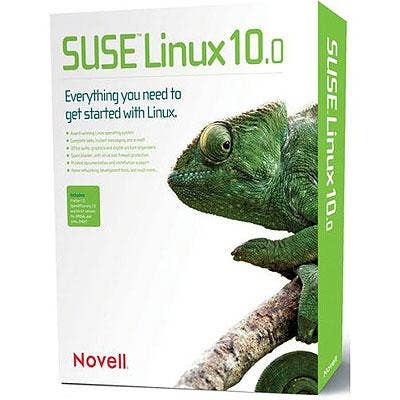
Like Xandros in Round 1, Novell's SUSE Linux Enterprise Desktop is the only enterprise product in this round. Novell has established deep relationships with the channel and its agreement with Microsoft puts SUSE Linux in a different position competitively than other distributions.
It promises the moon, such as Active Directory support, proprietary conversion filters that can work with Microsoft Office files, security products, a 3D graphical desktop, and a powerful desktop search. Not only does it run Novell GroupWise and LotusNotes, SLED can connect to GroupWise, LotusDomino and Microsoft Exchange servers. [READ MORE]
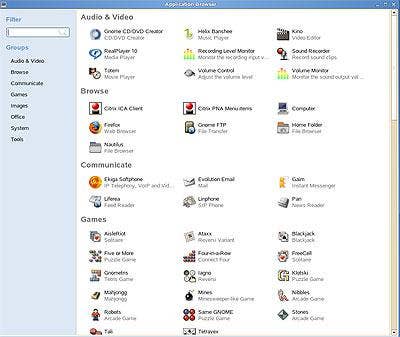
Feast the eyes on all the applications installed by default. It's a dramatic contrast to what comes with Windows. There are productivity suites, image editing software and multimedia applications, all a single mouse click away. Novell installed many software applications by default that the other distributions didn't. It's not that the other distributions couldn't run them -- they just needed to be installed as a separate step.
Built-in Citrix support was a nice touch, sure to appeal to business users.
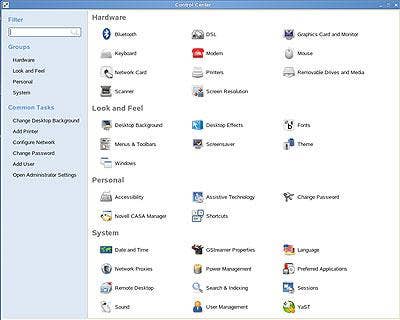
The Control Center acts as a central location for all the administration tasks, hardware and network configuration and system customization. Remote desktop and session support was another feature that specifically targeted business users.
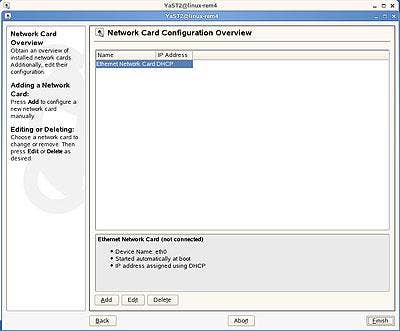
SUSE 10 seemed to be on a roll, and then it choked.
No network. What happened?
According to Novell, the company undergoes a long and extensive testing cycle before including drivers in its enterprise version of SUSE. Even though the Attansic L2 chipset, the one responsible for the on-board LAN controller on the ASUS motherboard wasn't all that new, it hadn't made it through the test phase yet. The spokesperson from Novell said while SLED 10 didn't support Attansic L2 yet, the free version, OpenSUSE, would have no trouble.
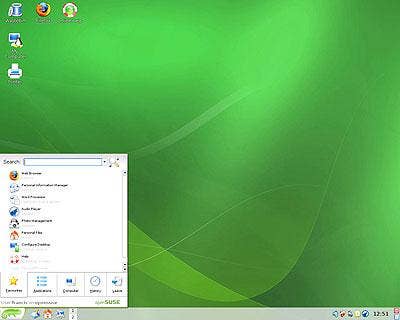
We gave OpenSUSE 10.3 a chance to step up and pinch hit for its enterprise parent.
Still no LAN connection found.

The second RPM-based contender, PCLinuxOS 2007, was a disappointment. Some solution providers touted PCLinuxOS as a steady, stable preferred version in some customer deployments. But Test Center engineers were not at all impressed with its capabilities. [READ MORE]
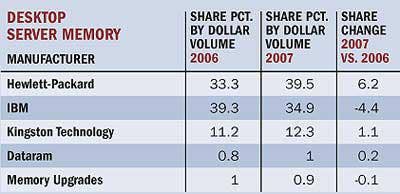
The installer started from the Live CD but it failed to get a LAN connection. PCLinuxOS had a very primitive KDE type interface. All the options were hidden in a maze of nested menus, making it almost impossible to find anything.
Printer installation was also much more difficult, compared to all the earlier distributions. The printer installer defaulted the driver to OfficeJet Pro 1150. The printer finally worked after installing the printer as OfficeJet Pro 1170, oddly enough.
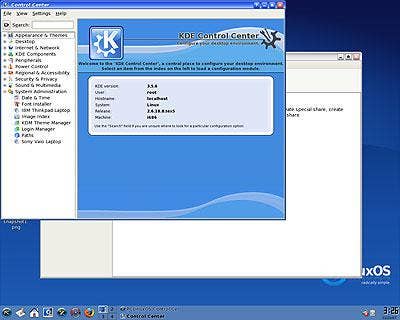
Sound just didn't work. There was no obvious reason for sound failure, and it was the only distribution installed on the Systemax hardware that failed in this regard.
LAN, sound and printing could have been fixed with some effort, but engineers refrained. This round was looking at basic functionality. Anything complex at this stage was an automatic disqualification.

While Red Hat has its own enterprise version of Linux in RedHat, it offers CentOS as a free version, and The Fedora Project, an open source branch. Test Center looked at Fedora 7 instead of the newer Fedora 8 since it would have more community support.
Fedora Core has a certain position in the Linux world that is not really tied to user base or markets for it -- it's the "standard" distribution for the Linux kernel dev group. [READ MORE]
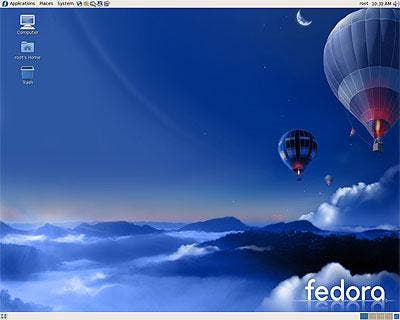
The installer was text-based, very old-style, which was quite a contrast to the competitors' snazzy graphical installers. When engineers got to the desktop, it felt very familiar. Ubuntu also uses Gnome, and everything is organized in a fairly logical way. Some of the distributions had tried to mimic the Windows interface, but Fedora went for a clean, albeit very blue, look.
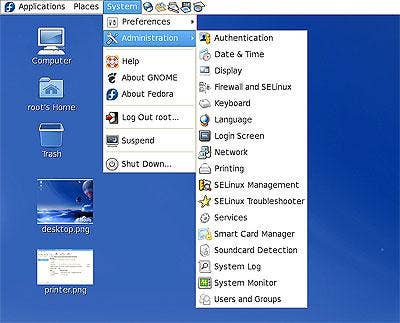
Fedora configures the network, firewall, and SELinux (if it's enabled). Fedora joined its RPM-brethren in having difficulty with the Attansic L2 chipset and could not get a working network. A thorough search on Fedora's forums revealed there was no support for Attansic in the mainline kernel at this point, although it may be added at a later date, but not in Fedora 8.
Everything else worked fine -- sound, printing and detecting an external USB drive.

Fedora can have either a KDE or Gnome desktop, and gives users the option to pick the default laptop during installation. Engineers installed the Gnome desktop because of its cleaner look. The KDE desktop looks a little bit more cluttered, and resembles SUSE to some extent.
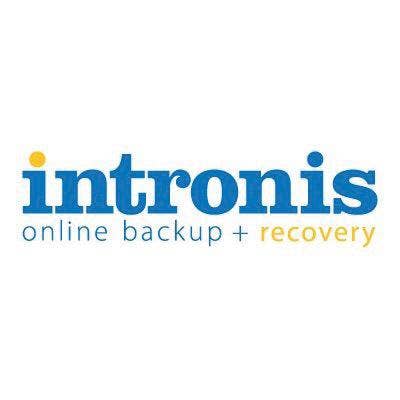
Test Center engineers brought in Mandriva in hopes of getting an RPM distribution that supported the Attansic chipset. Unfortunately, Mandriva couldn't get a working LAN, either. [READ MORE]
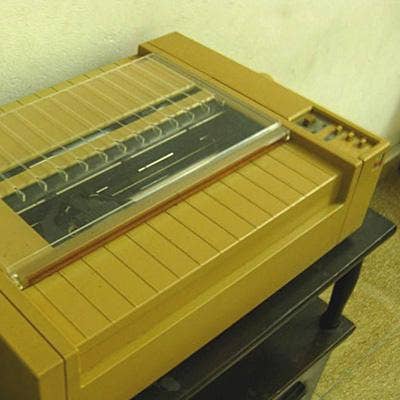
Most of the distributions got printing working to some extent using Common UNIX Print System, or CUPS. Mandriva was unusual in that it defaulted to the Generic UNIX LPD System. The HP Officejet needed to use CUPS, not LPD.
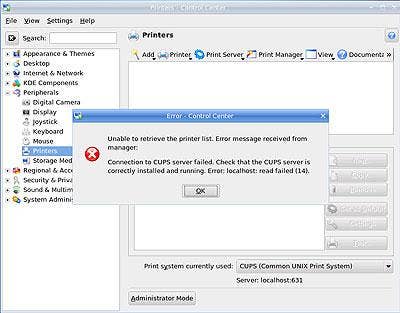
Engineers tried to set up the printer by connecting to CUPS, but Mandriva couldn't get the print server to run properly.
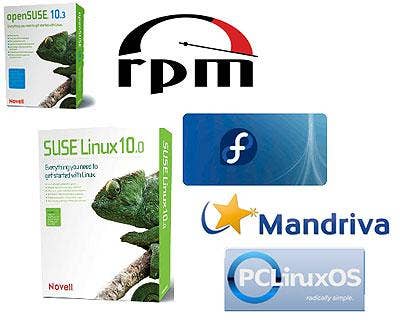
Since none of the RPM-based distributions were able to get a working LAN connection, we retested the distributions on a different machine. The distributions had no trouble with networking, but Fedora did a better job of detecting and configuring the printer (a different one) than SLED 10. It squeaked through, just barely.
But can Fedora take on Ubuntu in the championship round?